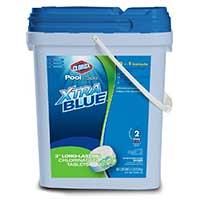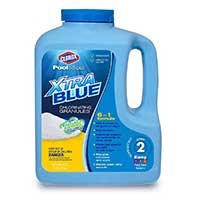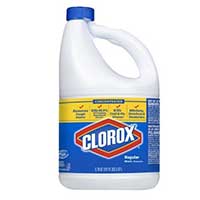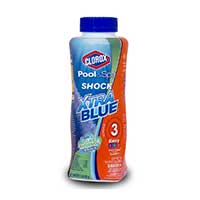Chlorine is the most popular disinfectant for swimming pools. There are three main measurements for chlorine, Free Chlorine (FC), Combined Chlorine (CC), and Total Chlorine (TC). Free Chlorine is most commonly tested because it represents the amount of chlorine free in the water for disinfecting. Chlorine is very effective at eliminating most microorganisms in the water that cause disease, bacteria, and algae. Some parasites such as Cryptosporidium and Giardia are resistant to chlorine and need to be treated with UV or Ozone.
RESULTS SHOWN HERE
More About Pool Chlorine
Swimming pool chlorine levels should be tested daily or every other day if a chlorine generator is used. Chlorine is constantly being consumed by sunlight and contaminates. It is important not to let the Free Chlorine levels reach zero. Once Free Chlorine is zero, there is nothing to protect the pool water from microorganisms and other contaminants.
READ: Unraveling the Mystery of Phosphates in Swimming Pools: Understanding Their Impact on Algae Growth, Chlorine Demand, and Treatment Options
Hypochlorous Acid
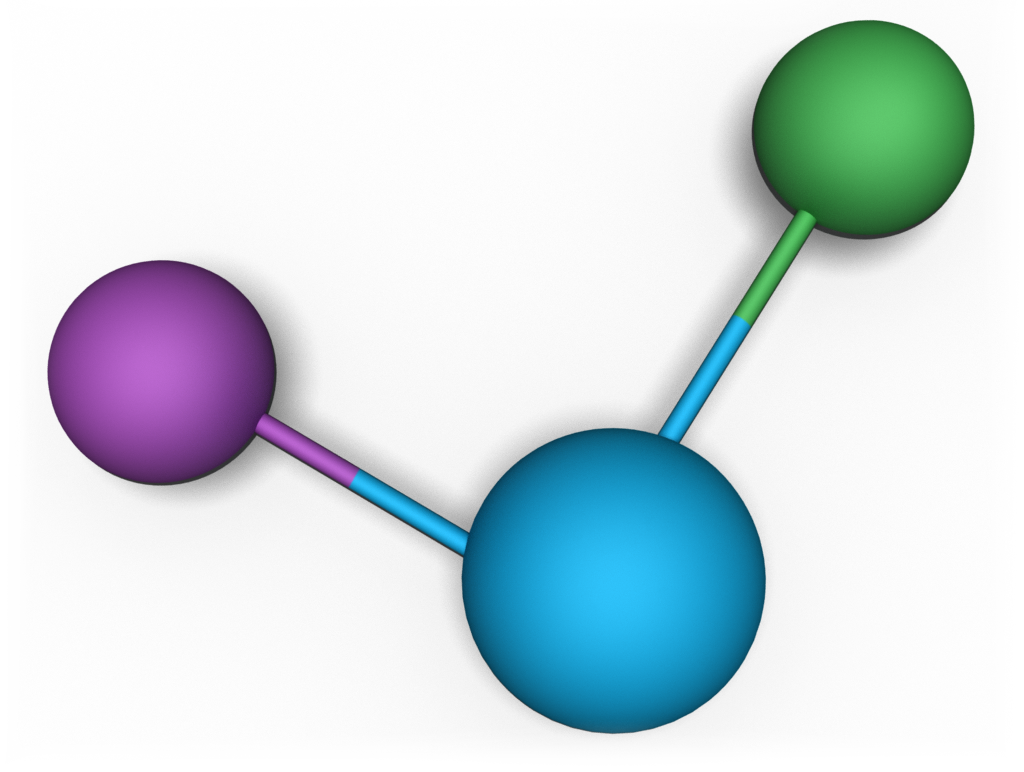
Chemical Formula: HOCl
Hypochlorous acid (HOCl) plus Hypochlorite Ion(OCl-) is what's referred to as "Free Chlorine." HOCl is the active agent responsible for the oxidation of both organic and inorganic materials in chlorinated water. HOCl is formed when chlorine is dissolved in the water.
The formula is as follows:
FC = HOCl + OCl-
LOW FREE CHLORINE EFFECTS < 0ppm:
There is nothing protecting the pool water from a build of contaminants, parasites, and microorganisms. Leading to an unsafe swimming environment and eventually a cloudy or green pool. If the pool is too cloudy and the drain is not visible from the side of the pool it is unsafe to swim.
HIGH FREE CHLORINE EFFECTS > 4ppm:
Chlorine between 2-4 ppm Free Chlorine is recommended for residential pools and 3-5 parts per million for commercial. Shocking the pool requires raising the free chlorine over 10ppm. Negative effects from high chlorine greatly depend on the amount of Cyanuric Acid (CYA or Stabilizer) present in the water. Swimmer discomfort comes mostly from high levels of Combined Chlorine(CC) and unbalanced pH. Free Chlorine(FC) levels >10ppm should be avoided until it drops. To reduce chlorine levels either wait and Free Chlorine levels will naturally fall or use a chlorine neutralizer.
READ: An AI Guide to Adding Chlorine and Shocking Your Swimming Pool
COMBINED CHLORINE(CC):
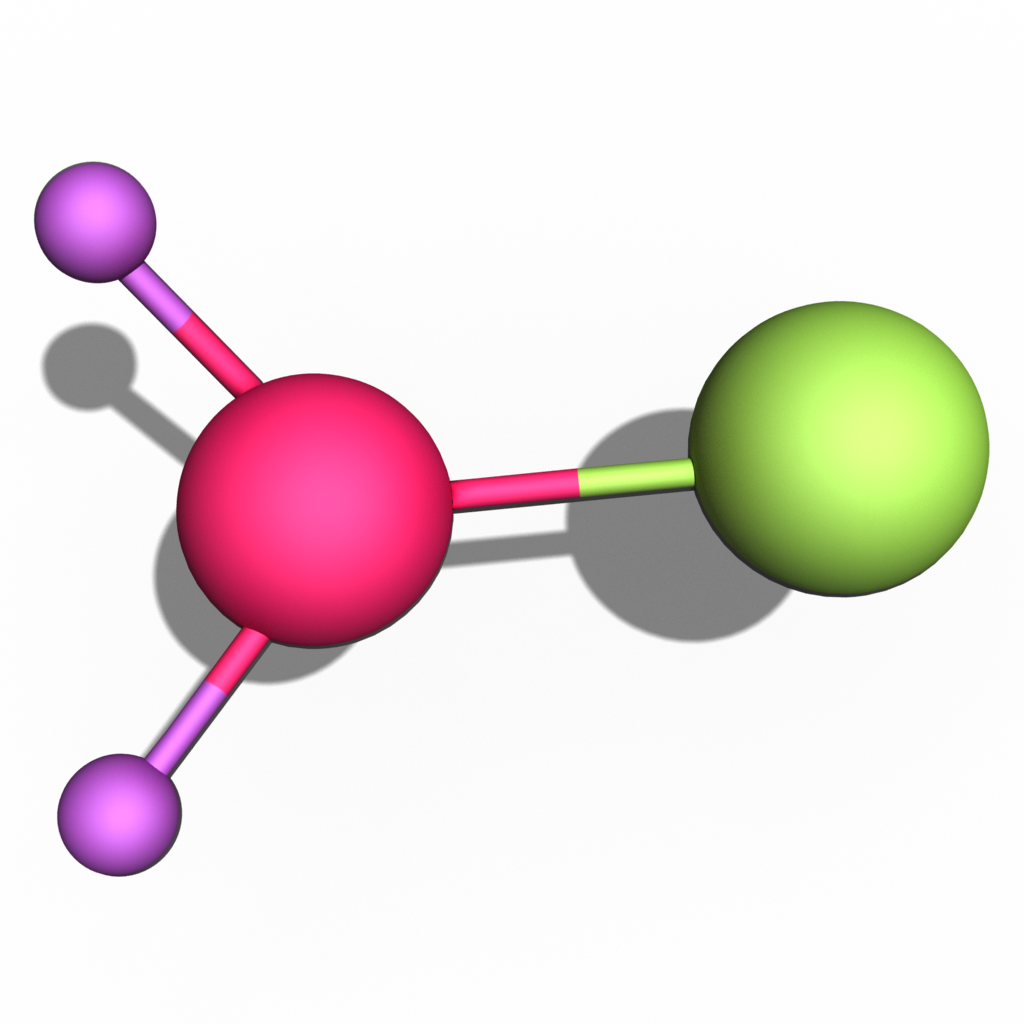
Chemical Formula: NH2Cl
Also called Chloramines, are one of the main sources of discomfort and irritation in a chlorine pool. chloramines cause red itchy eyes, irritated skin and irritated mucous membranes. The bleachy smell around chlorine pools comes from the chloramines or Combined Chlorine in the water. Pools with extremely strong chlorine smells have high levels of combined chlorine and are more likely to lead to swimmer discomfort.
Tips About Pool Chlorine
STORE BLEACH IS CHLORINE TOO
Bleach you purchase in the store is nothing more than liquid chlorine and can be used in the swimming pool to raise the pool chlorine levels. Bleach can come in different concentrations. Avoid scented bleach and bleach with additives.
READ: Chlorine Alternatives for Swimming Pools: Are They Really Worth It?
DOES pH EFFECT CHLORINE?
Yes. At a ph of 8.0 the chlorine is only 3% effective and at a pH of 6.0 the chlorine is 97% effective. This is a drastic swing in effectiveness and is why monitoring the pH is so important. The ideal range for swimming pool pH is between 7.4-7.6 leaving the effective pool chlorine around 50%.
HOW MUCH CHLORINE TO SHOCK THE POOL?
To reduce the amount of combined chlorine it is necessary to shock the swimming pool water to reach the chlorine break point. An easy why to factor the necessary amount of chlorine to shock to hit break point is to increase chlorine ppm ten times the total combined chlorine. To ensure chlorine break point was reached after shocking, total chlorine should equal free chlorine and both should raise in tandem when more chlorine is added.
HOW LONG AFTER PUTTING CHLORINE IN THE POOL CAN YOU SWIM?
As long as the chlorine levels are less than 5ppm, the recommended safe zone, it is fine to enter the pool immediately. Although, most pool operators run the pump and filter for 2-4 hours before allowing swimmers. Use chemical reagents or test strips to find the current chlorine ppm.
Chlorine vs. Hydrogen Peroxide: Why Chlorine Reigns Supreme as a Swimming Pool Sanitizer
ELIMINATE THE NEED FOR CHLORINE:
Unlike chlorine, Oxygen Pools water treatment eliminates microorganisms, parasites and bacteria for pools up to 20,000 gallons. One less chemical to buy, measure and balance. The Oxygen Pools Program uses two components: A Dynamic Oxygen Generator and a weekly dose of the nontoxic, non-chlorine additive.


